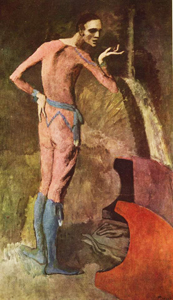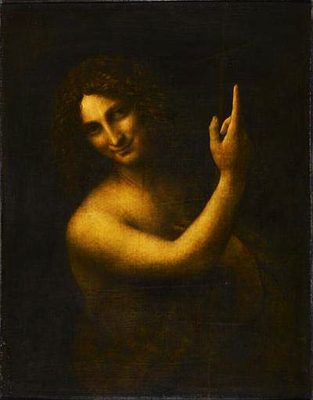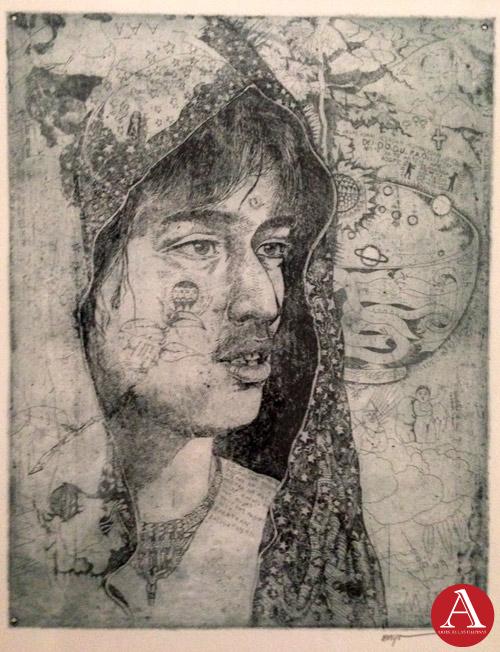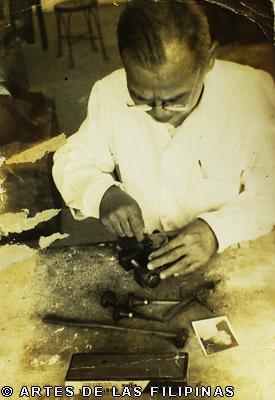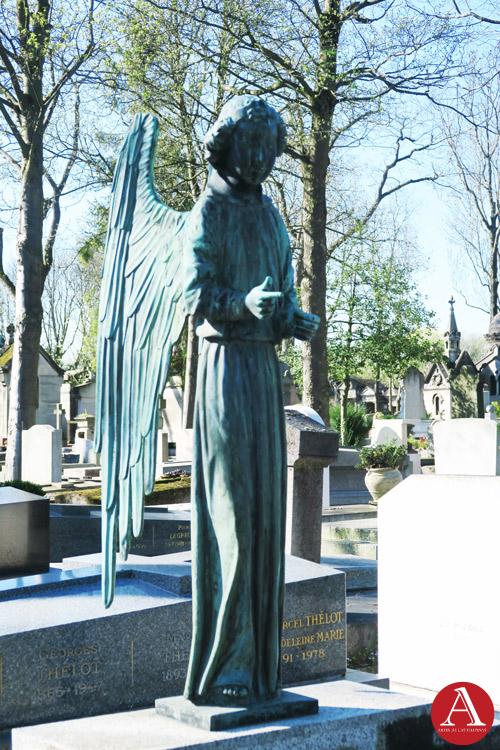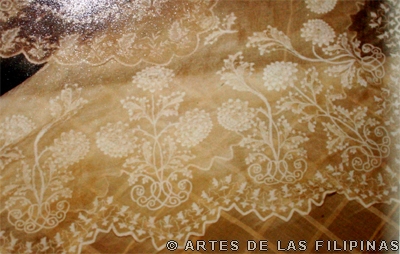
A nineteenth century piÑa cloth with embroidered edges, believed
to be the property of the Yriarte family of
Photo Courtesy of Teresa de Vera from Casa Manila
THE LONG TRADITION OF HAND EMBROIDERY IN TAAL, BATANGAS
by: Christiane de la Paz
The town of Taal, Batangas had a long tradition of hand embroidery since the turn of the century. Its intricate, well-embossed hand embroidery made it increasingly a refined art of society. It boasts of its highly callado (a kind of filigree work wherein yarn in painstakingly pulled off from the cloth) as one of the finest in the world.
Pina and jusi are the traditional fabrics used by the bordadoras. Pina is a soft, fine, flexible, and durable off-white fabric about two to four inches in length. It is derived from the finest mature leaves of the red Spanish variety of pineapple. During the Spanish period, pina was the most expensive and highly sought fabric worn for barong Tagalog by the illustrados on very rare special occasions It is a very delicate material, too difficult and expensive to embroider. Jusi (the Chinese term for raw silk), on the other hand, is a lightweight, flimsy, and ecru colored fabric regarded by the bordadoras as the best material for embroidery.
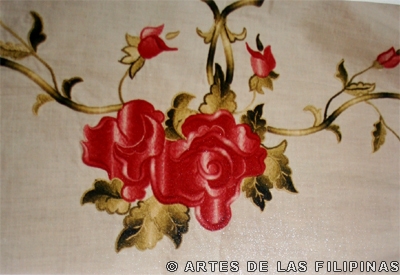
The vanishing thread (eskaladao) as shown in the flower motif.
Photo Courtesey of Teresa De Vera (1989)
In Taal, hand embroideries are characterized by the following: makinis (smooth and even quality of the embroidery stitches), sunod ang korte, pino (fine) at masinsin, hindi makarat ang dibuho (design should be composed of fine, delicate shapes that are not scattered all over the cloth), mabintog (embossed quality of the embroidery which gives depth and volume to the design), matibay (durable), hindi hiris ang panahi, and magkakahawig na kulay. The makinis is the most important criterion of beauty in embroidery.
Hand embroidery starts with a magdidibuho (designer) who is in charge of stamping designs on the cloth. The cloth is then passed on to the magbuburda (embroiderer) who embroiders the cloth which the designer has stamped. The magkakalado works on the cut-openwork portion of the embroidery. There are three persons assisting the magkakalado: the magbabakbak, maglalala, and the magmumunggo. The magbabakbak draws the thread out from the cloth. The maglalala draws together the thread left in the process of pagbabakbak by applying various embroidery stitches on the cloth. The magmumunggo embroiders the part where thread was drawn together. These three functions can sometimes be done by a single person.
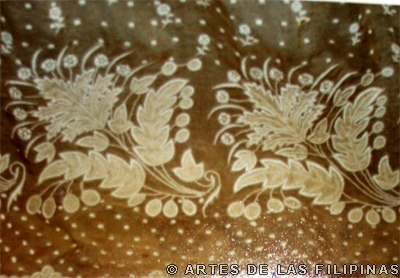
From the calado (open-work design), the cloth is brought to the magaagohero, in charge of embroidering the hem or edges of the embroidered cloth after which the maglalaba washes the embroidered cloth. The cloth then is mounted on a wooden frame to dry under the sun. Once dried, the cloth is folded and delivered to the cabecilla to sell.
During the early 1900s, naguas or lagwas (undergarments) and kamison (chemise) were the very first items to be embroidered. The intricate embroidery and callado are found in the bodice and hemline. Panuelo made of pina cloth have cut-open work and floral design on its edges. The leaves and flowers motif was the dominant design imprinted on cloth.
References:
Tagle, Mary, The Fine Art of Philippine Embroidery, Mobilways, 1961.
De Vera, Teresa, A Comparative Study of Traditional and Modern Modes of Embroidery in Batangas and Bulacan, 1989.


